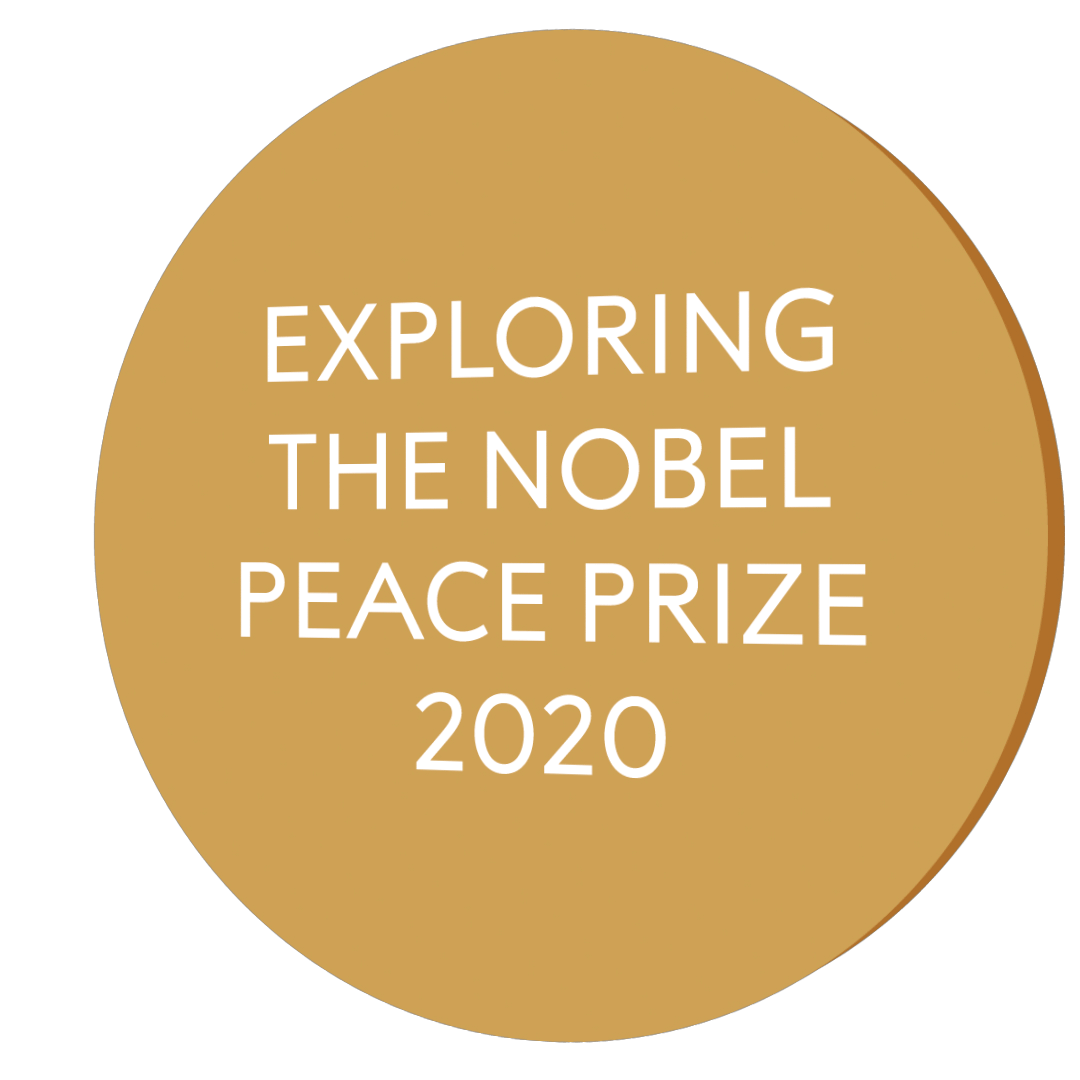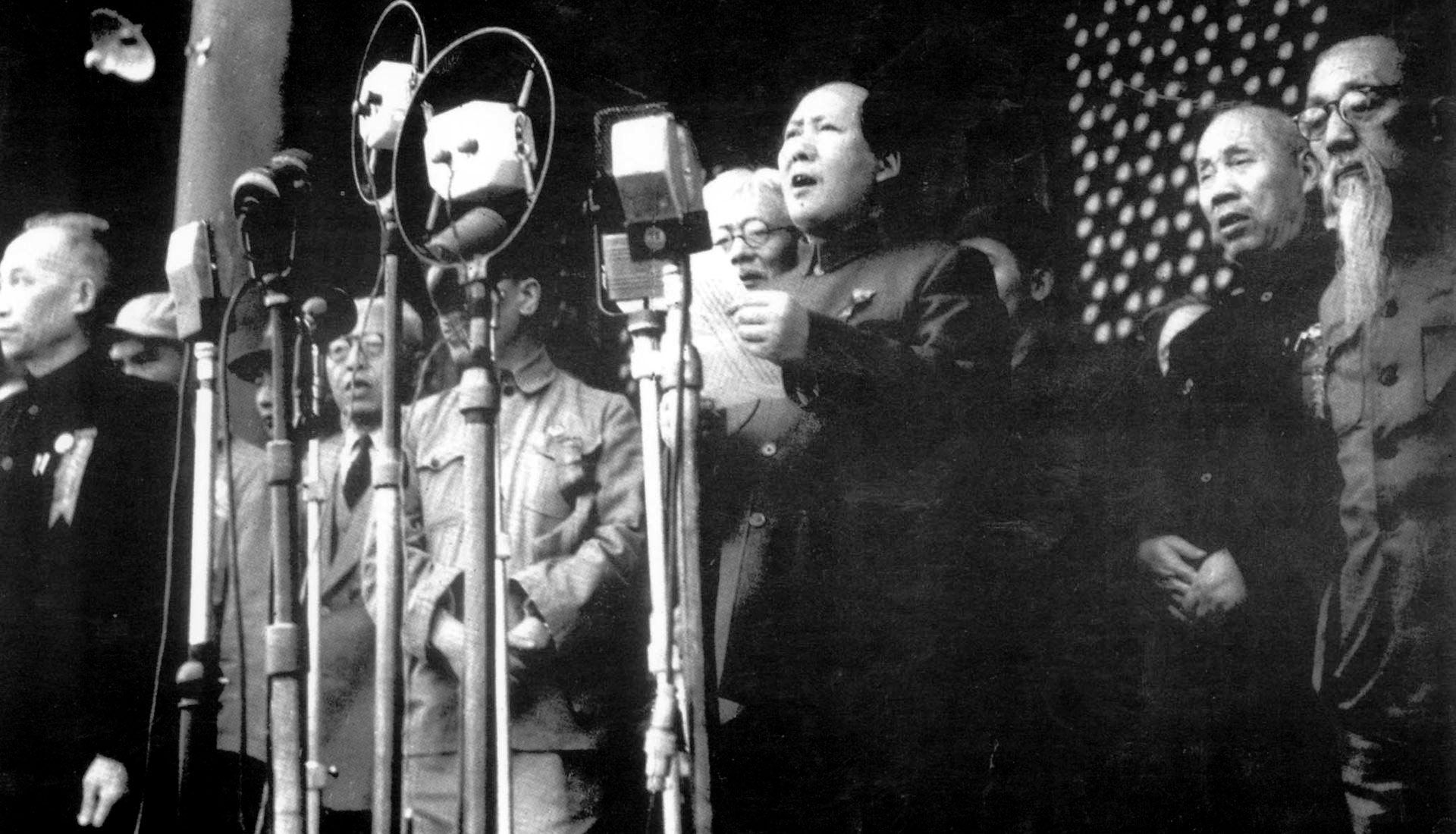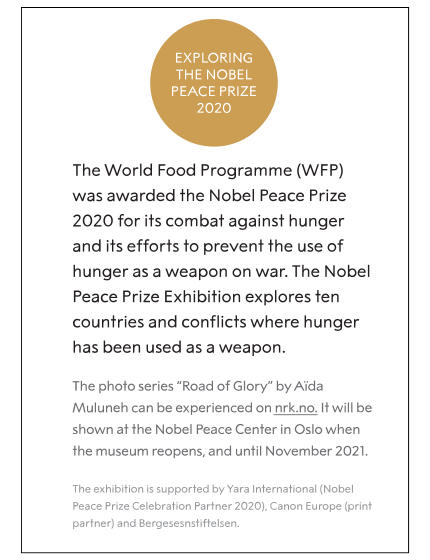The Great Leap – into the abyss

In the history of China, the control of water plays a key role. Emperor Yu, a central figure in the mythology of the Chinese state, is often referred to as “The one who could control the water”. The need to coordinate management of the great rivers is seen as a key reason of the very establishment of the Chinese Empire thousands of years ago. In Imperial China, famines were often seen as signs that the Emperor no longer had the support of the Gods – an omen foretelling that the fall of the current dynasty could be imminent.
The strong central government and the great rivers made China large and powerful, but also vulnerable to disaster. If the seasonal floods were too violent, or if the government disaster response failed, the consequences could be felt across the whole Empire as the food supply would suffer.
This vulnerability was apparent well into the modern era. Today, many people will associate famine and hunger most closely with the African continent – but this runs counter to what we know about famines in our near past. In fact, half of all famine deaths since 1870 has occurred in China.
The Chinese Imperial government collapsed in 1912, and a long power struggle followed. This struggle would last until 1949, when a rebel leader from the countryside had consolidated power with himself and his allies. This rebel leader was Mao Zedong, and he entered the world stage with enormous ambitions for his nation. With central planning and communist spirits a new nation was to be built. At this time, nobody could foresee that the consequences of Mao’s efforts would be one of the greatest famine disaster in human history.
The Great Leap Forward
In 1957, Mao’s local bureaucrats could proudly report of a massive abundance of grain – in perfect accordance with the extreme production targets Mao had set for the agricultural sector. And with such an abundance, it was time to seriously ramp up industrialization. Soon, Mao launched a new program, named “The Great Leap Forward”, which was to make agriculture more efficient and rapidly build up heavy and light industries.
If only the bureaucrats’ reports on grain “superabundance” had been correct.
During The Great Leap Forward, China was to become a leading industrial nation, and thousands of steel mills were built in record time.
"“To staff the new industries, Mao ordered millions of farmers into new industrial jobs. Crops were left to rot, and in 1959 starvation was knocking on the door.”"
Despite dwindling grain stockpiles, the central government in Beijing began to export grains on a massive scale. This would be a logical thing to do if one believed the inflated estimates of grain stocks that were being reported from the provinces.
Extreme measures
One of the first initiatives of the Great Leap was the “Four Pests campaign” – a public campaign that would later prove to be a fatal mistake. In this campaign, the population was encouraged to exterminate “pests”, so that crops would be left alone. The designated pests were sparrows, rats, mosquitoes, and flies. The sparrows, in particular, suffered. People soon began hammering pots and pans to scare them off, and destroying nests and eggs. After a while, the sparrow population had decreased dramatically. The fact that sparrows themselves keep other pests in check, had not been considered. Without the threat of sparrows, the locust population soon exploded, and swarms of biblical proportions descended upon the fields. Crop yields, and in turn the people, suffered.
A nation in ruins
The Great Leap Forward was halted in 1961, as the consequences were becoming apparent to Mao and his planners. The economic, political and ecological measures had caused an unimaginable disaster.
“We do not know exactly how many died from starvation in the years following the “Great Leap”, but the highest estimates stand at over 40 million people. We are talking about one of the largest man-made famines in history”, Torbjørn Færøvik explains.
China’s long journey from periodic famines to where the country is today – with relatively secure access to food, and steadily decreasing poverty – has been both a long and costly one.
CHINA IN THE NOBEL PEACE PRIZE EXHIBITION 2020
The Nobel Peace Prize Exhibition 2020 explores the work of Nobel Peace Prize laureate 2020, The World Food Programme, and how food is used as a weapon of war. Artist Aïda Muluneh has created a photo series with ten images, illustrating ten countries an conflicts where food has been used as a means of power. China is one of them.
The photo illustrating China is called "The Great Leap Forward" and is named after Mao's failed industrial policies. The photo is showing the indoctrinationa of the masses, and the risk of protesting - illustrated by the woman turning her head. In the video below, the artist explains the story behind the photo.
Share:

